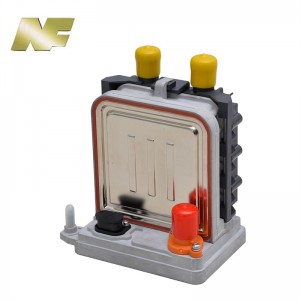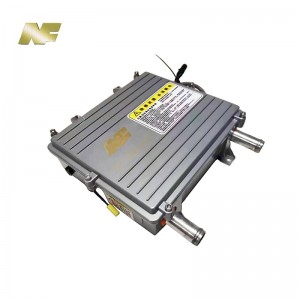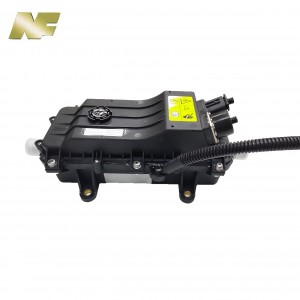As electric vehicles (EVs) continue to spread and become more mainstream, the technology behind them is also rapidly evolving. Heating systems for electric vehicles are an area seeing significant developments, especially in cold climates.
One of the latest innovations in electric vehicle heating technology is the electric vehicle battery heater. The system is designed to keep electric vehicle batteries at optimal operating temperatures, especially in cold weather conditions. By maintaining the right temperature, EV battery heaters help improve the overall performance and efficiency of the battery, ultimately extending its lifespan. This is critical for EV owners who live in harsh winter regions, where extreme cold temperatures can severely impact battery performance.
Another key component of an EV heating system is the EV PTC heater, which stands for positive temperature coefficient heater. This heating element features a ceramic heating element that quickly generates heat and effectively heats the cabin of an electric vehicle. Electric vehicle PTC heaters are especially important for electric vehicles because they do not produce waste heat to heat the internal combustion engine inside the vehicle. By using electric vehicle PTC heaters, electric vehicle owners can enjoy a comfortable and warm ride experience even in the coldest temperatures.
In addition to electric vehicle battery heaters and electric vehicle PTC heaters, EV HVCH (high-voltage coolant heater) is also an important part of the electric vehicle heating system. The EV HVCH is responsible for heating the coolant that circulates through the vehicle's heating system, ensuring that the interior of the vehicle is maintained at a comfortable temperature. This is especially important for electric cars because the heating system relies entirely on electricity, unlike conventional cars that use waste heat from the engine. Electric vehicle HVCH plays an important role in ensuring that electric vehicle owners can stay warm during the winter without affecting the overall efficiency of the vehicle.
The integration of these advanced heating technologies is a testament to the continued advancement of electric vehicles and the promise of providing a seamless driving experience for EV owners. By combining EV battery heaters, EV PTC heaters, and EV HVCH, EVs are better able to handle extreme weather conditions, making them a more practical and reliable choice for consumers.
Advances in electric vehicle heating technology also address one of the major concerns of potential EV buyers – range anxiety. In cold climates, electric vehicle ranges tend to be reduced due to the increased energy consumption required to heat the vehicle and maintain optimal battery temperatures. With the introduction of EV battery heater, EV PTC heaters, and EV HVCH, EV manufacturers are taking proactive steps to alleviate these concerns and make EVs a more viable option for consumers living in colder regions.
Notably, these heating technologies also contribute to the overall sustainability of electric vehicles. By efficiently heating the vehicle and keeping the battery at an optimal temperature, electric vehicles can run more efficiently, ultimately reducing energy consumption and minimizing environmental impact.
As demand for electric vehicles continues to grow, advances in heating technology are an important step in making these vehicles more practical and attractive to a wider audience. The integration of electric vehicle battery heaters, electric vehicle PTC heaters and electric vehicle HVCH not only enhances the driving experience of electric vehicle owners, but also strengthens the industry's dedication to innovation and sustainable development. With these innovative heating solutions, electric vehicles can overcome the harshest winter conditions, making them a viable option for consumers looking to switch to electric transportation.



Post time: Feb-27-2024




